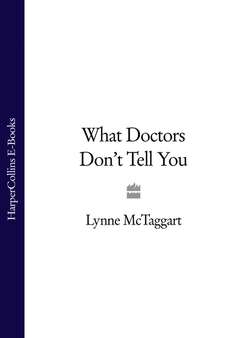Читать книгу What Doctors Don’t Tell You - Lynne McTaggart, Lynne McTaggart - Страница 32
The Triple Test
ОглавлениеAs the AFP test proved to be so inaccurate, doctors reasoned that the more markers they looked for, the more accurate the test might prove to be. The so-called ‘triple test’ analyses the levels of three substances in the mother’s blood: unconjugated oestriol, total human chorionic gonadotrophin and AFP; low levels of oestriol, high levels of HCG and low levels of AFP are considered the first indication of the possibility that the mother is carrying a baby with Down’s syndrome. These measured levels, plus the mother’s age and genetic history, are thrown into some mathematical stew in order to determine her personal odds of having a Down’s baby. The test is supposed to be a better marker than age alone for determining whether a woman should go on to have amniocentesis, which more accurately determines whether a child has Down’s syndrome. At best, the triple test detects 70 per cent of Down’s babies in women over 35, and only 50 per cent in women younger than this.56
All those who receive a positive triple test result must wait five or six anguished weeks before receiving the results of the recommended amniocentesis to confirm or deny the suspicious results of the first test. If you are one of the unlucky ones who receives a false-positive, and a large percentage now do,57 you will needlessly undergo amniocentesis, which increases the risk of miscarriage from 3 to 4 per cent. In other words, one out of every 100 women with a false-positive triple test opting for amniocentesis may abort a normal baby.
